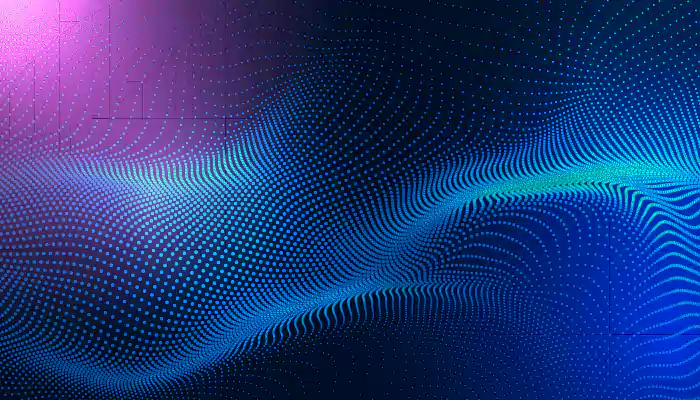From Brainwaves to Parallel Worlds: How Neuroscientists Are Challenging the Boundaries of Reality
- Admin
- 1 year ago
- 4 minutes read

This article delves into the cutting-edge research that is redefining the limits of human cognition and perception.
In the quest to unravel the mysteries of the human mind, neuroscientists are venturing into territories that challenge our very understanding of reality. From deciphering the intricate patterns of brainwaves to exploring the concept of parallel worlds, these pioneers are pushing the boundaries of what we know about consciousness and existence.
The Enigma of Brainwaves
Brainwaves, the electrical impulses generated by the brain's activity, have long been a subject of fascination and study. These oscillations are categorized into different types, including alpha, beta, delta, gamma, and theta waves, each associated with various states of consciousness and cognitive functions.
Recent advancements in neuroimaging and electrophysiology have allowed scientists to map brainwave patterns with unprecedented precision. Researchers are now able to correlate specific brainwave patterns with particular thoughts, emotions, and behaviours. This breakthrough has profound implications for understanding mental health disorders, enhancing cognitive performance, and even interfacing the human brain with computers.
For instance, brain-computer interfaces (BCIs) are emerging technologies that enable direct communication between the brain and external devices. By decoding brainwave signals, BCIs can potentially restore mobility to paralyzed individuals or augment human capabilities. This technology is also paving the way for new forms of human-machine interaction, bringing science fiction closer to reality.

The Brain's Reality-Constructing Mechanism
One of the most intriguing aspects of neuroscience is the study of how the brain constructs our perception of reality. Sensory inputs from the environment are processed by the brain to create a coherent experience of the world around us. However, this process is not merely a passive reception of information; it involves active interpretation and filtering based on prior knowledge, expectations, and context.
This subjective construction of reality can sometimes lead to perceptual illusions and cognitive biases. Neuroscientists are exploring these phenomena to gain insights into the fundamental workings of the brain. By understanding how and why the brain distorts reality, researchers hope to develop interventions for conditions such as schizophrenia and other disorders where perception and reality diverge significantly.
The Parallel Worlds Hypothesis
Beyond the realm of brainwaves and perception, some neuroscientists are delving into theoretical domains that intersect with physics and cosmology. The concept of parallel worlds or multiverses, once the domain of speculative fiction, is now being examined through the lens of neuroscience.
The idea that our reality might be just one of many possible universes is not only a profound philosophical question but also a topic of scientific investigation. Some theories suggest that parallel worlds could be a consequence of quantum mechanics, where every possible outcome of a quantum event exists in a separate, parallel universe.
Neuroscientists are exploring whether our brains could potentially perceive or interact with these parallel worlds. While this might sound far-fetched, the study of altered states of consciousness, such as those induced by psychedelics, meditation, or near-death experiences, has revealed experiences that some interpret as glimpses into alternate realities. These altered states challenge our understanding of consciousness and suggest that the brain might have untapped potential to access different dimensions of reality.
Implications for the Future
The exploration of brainwaves, perception, and parallel worlds holds significant implications for the future of science and humanity. Understanding brainwaves can lead to groundbreaking advancements in mental health treatment, cognitive enhancement, and human-computer interactions. The study of perception and reality construction can improve our understanding of various psychological conditions and inform new therapeutic approaches.
The theoretical exploration of parallel worlds opens up a realm of possibilities that could redefine our place in the universe. If our brains can indeed access alternate realities, it might lead to a paradigm shift in how we perceive existence itself.
Neuroscience is at the forefront of challenging and expanding the boundaries of reality. From the detailed mapping of brainwaves to the speculative exploration of parallel worlds, researchers are uncovering new layers of complexity in the human mind. As we continue to push these boundaries, we move closer to answering fundamental questions about consciousness, existence, and the nature of reality itself. The journey from brainwaves to parallel worlds is not just a scientific endeavour but a profound exploration of what it means to be human.












